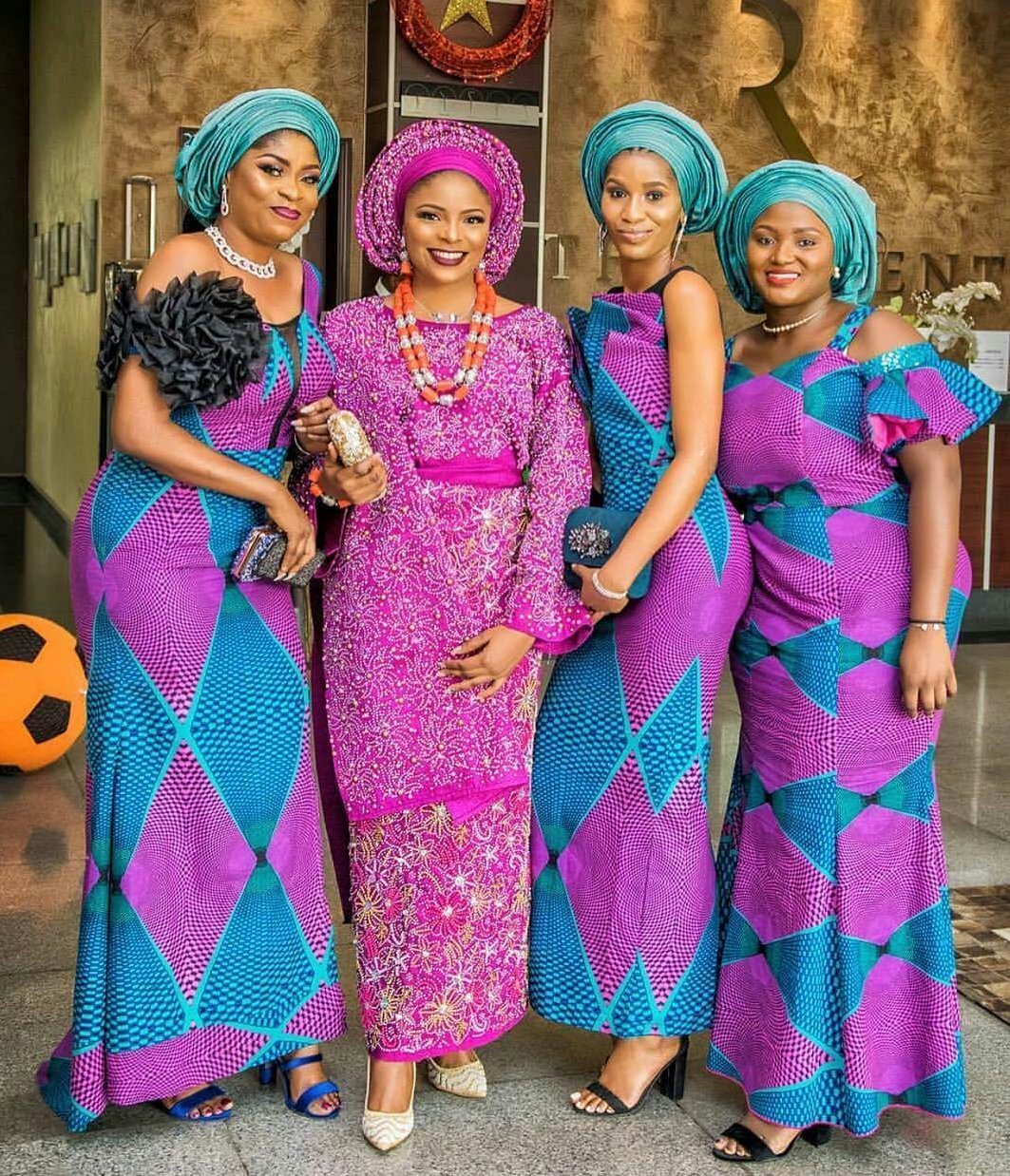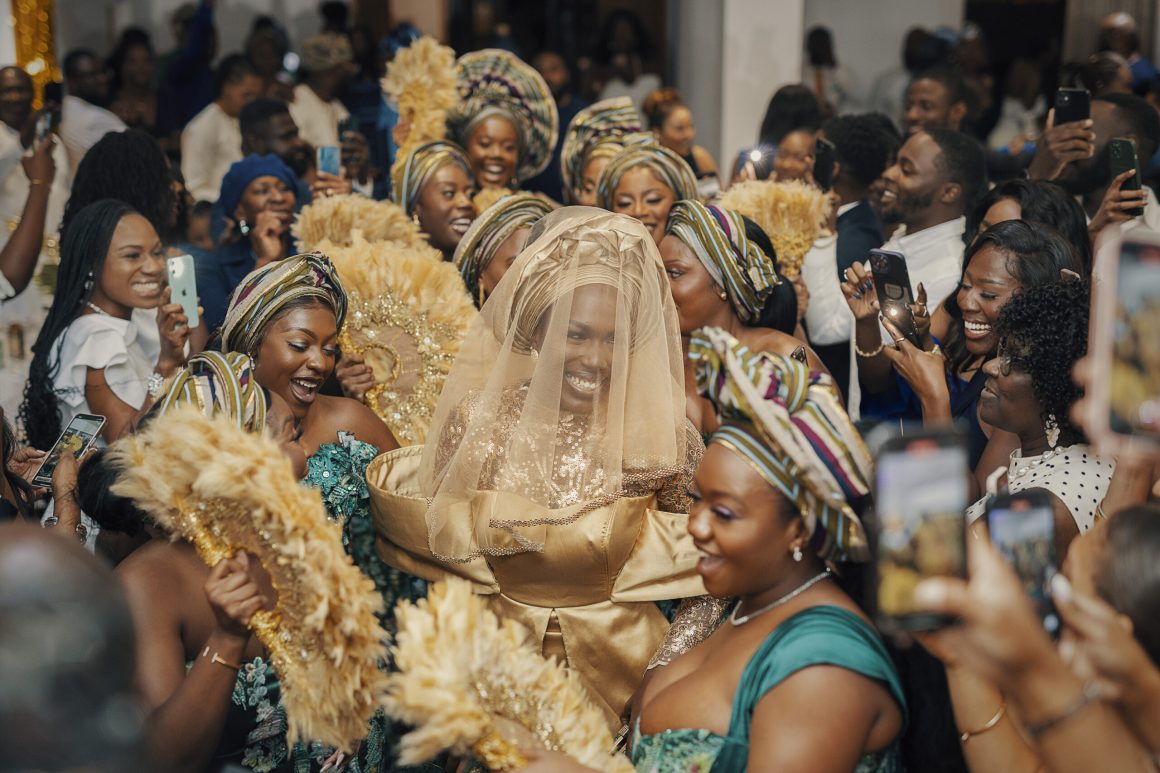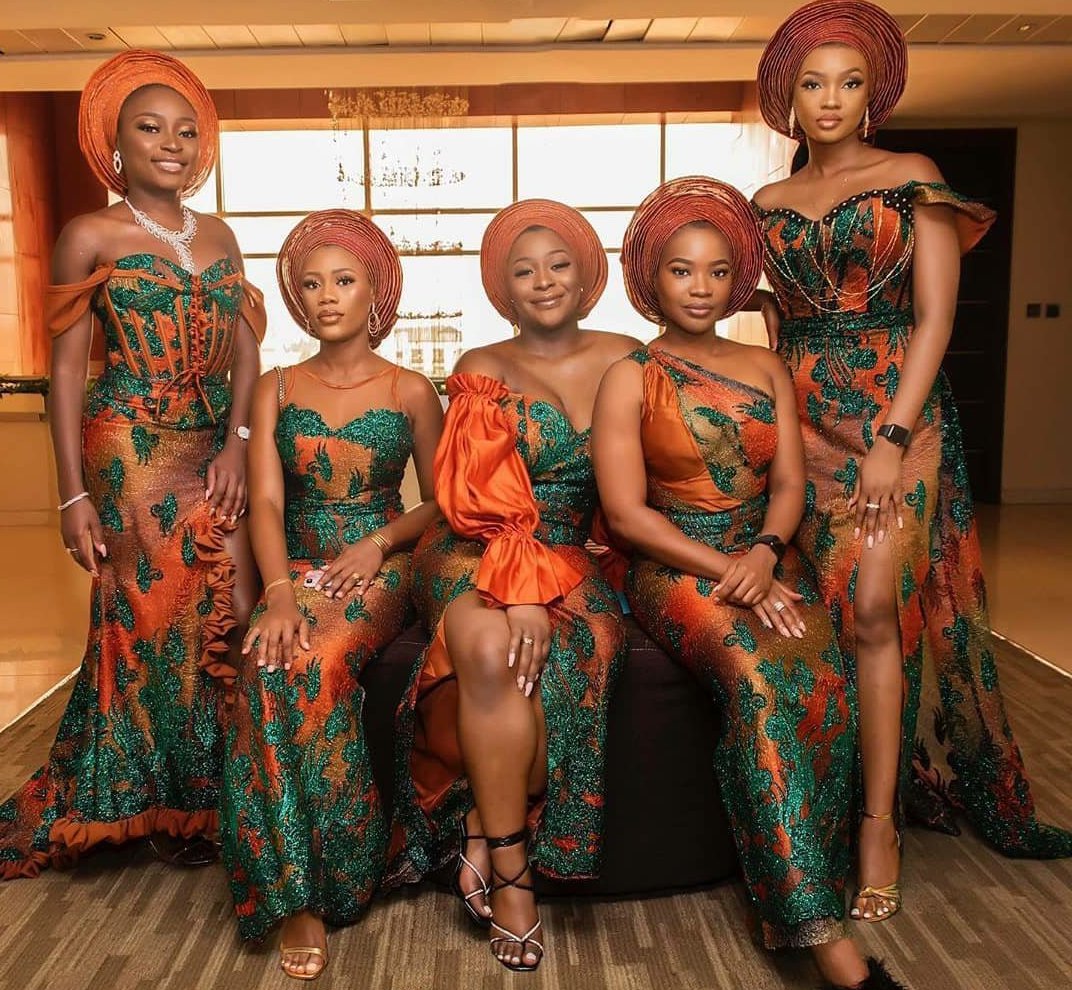For many Nigerians, especially the Yoruba community, Aso Ebi has always been more than just a piece of fabric. It’s a symbol of solidarity, friendship, and belonging. This tradition of wearing matching fabrics to celebrate weddings, birthdays, and funerals has spanned generations, with every occasion requiring its distinct material. Yet, as beautiful and culturally significant as Aso Ebi may be, it’s becoming increasingly clear that this tradition may no longer be sustainable. The cost, coupled with the one-time use of these fabrics, is straining wallets and contributing to waste. Many people now find themselves at a crossroads, wondering if buying into Aso-Ebi culture is still worth it. Is it time to rethink this practice, or is there an alternative to its growing extravagance?
The Essence of Aso-Ebi
At its core, Aso-Ebi is a beautiful concept rooted in unity and cultural pride. The Yoruba words “Aso” (cloth) and “Ebi” (family) literally translate to “family cloth,” symbolising collective identity. The idea is simple: by wearing the same fabric, attendees show their allegiance to the event’s host. Weddings, birthdays, naming ceremonies, and even funerals are often marked by the vibrant display of Aso-Ebi, making the events colourful and memorable.
“It’s about belonging,” says Teni, a 34-year-old businesswoman in Lagos. “When you wear Aso-Ebi, you’re telling everyone at the event, ‘I’m with the celebrants; I support them.’ It’s a show of love.”

The Financial Strain of Aso-Ebi
What was once a fabric everyone could afford has become a status symbol, with prices rising higher each year. In a single wedding season, it’s not unusual to be invited to four or five different events, each requiring a different Aso-Ebi purchase. Some fabrics now cost upwards of ₦50,000 per yard, and that’s before tailoring costs are factored in. Depending on the intricacy of the style, a complete outfit can set you back ₦200,000 or more. All for an outfit you may only wear once.
“Last year, I spent over ₦500,000 just on Aso-Ebi fabrics,” lamented Funmi, a young professional based in Abuja. “Between weddings, housewarming parties, and birthdays, it was non-stop. After a while, it became financially exhausting, and honestly, I started declining invites.”



This growing concern about the financial burden of Aso-Ebi is not uncommon. With inflation and the rising cost of living, many people are quietly opting out. They love the idea of showing support but question whether the cost is justifiable. The fact that most Aso-Ebi fabrics are worn once and then stashed away also raises concerns about sustainability.
Aso-Ebi and Environmental Impact
Beyond the financial strain, Aso-Ebi has another less-talked-about consequence: environmental waste. Fast fashion and one-time-use outfits have been criticised globally for contributing to environmental degradation, and Aso-Ebi is not exempt from this conversation. According to the Ellen MacArthur Foundation, the textile industry contributes approximately 10% of global carbon emissions, and much of this waste comes from clothing worn only once or twice.
“What are we supposed to do with all these clothes?” asks Nkechi, a Lagos-based fashion enthusiast. “They pile up in my wardrobe, and there’s rarely a chance to wear them again. It feels wasteful.”
While the cultural significance of Aso-Ebi is undeniable, its contribution to environmental and financial strain cannot be ignored. So, the question remains: Should it be stopped?
To Stop or Not to Stop?
The question of whether Aso Ebi can be stopped is a tough one. For many Nigerians, the tradition is deeply ingrained. It’s not just about showing up in matching outfits — it’s about identity, belonging, and being part of something bigger than yourself. For some, being left out of the Aso Ebi selection can feel like being left out of the celebration entirely.

At the same time, there is growing awareness of the financial and environmental burden. As a result, many are beginning to wonder if there’s a middle ground — a way to continue celebrating our culture and togetherness without going broke or wasting fabric.
“I don’t think we should get rid of Aso-Ebi,” Funmi admits, despite her earlier frustrations. “But maybe we need to rethink how it’s done. People can be more mindful about pricing, and organisers should consider the financial realities of their guests.”
Exploring Alternatives: What Can We Do?
The good news is we don’t have to abandon Aso Ebi completely to make it more sustainable. There are alternatives that allow us to maintain the essence of the tradition while reducing waste and expense.
Colour Code

Instead of insisting on a single fabric for everyone, some families have started opting for a colour code. This allows attendees to wear what they already have or buy fabric that can be reused later while maintaining unity through colour coordination.
Reimagining Aso Ebi for Multiple Uses
Rather than spending money on fabrics that will only be worn once, consider investing in more versatile fabrics that can be repurposed. Outfits that can be restyled, re-tailored, or even combined with other pieces in your wardrobe help ensure that Aso Ebi doesn’t just sit in your closet after the event.

Caps on Prices
Event planners and hosts can do their part by setting more reasonable price points for Aso Ebi. There’s no need for families to insist on luxurious fabrics if they know that it will cause financial strain for their guests. By being mindful of everyone’s budget, they can make Aso Ebi more inclusive and less burdensome.
A Balancing Act
Aso-Ebi is unlikely to disappear anytime soon, nor should it. Its cultural significance is too important to dismiss. However, the practice could benefit from a thoughtful re-evaluation that considers the financial and environmental toll it takes on individuals. As with many traditions, it’s about balance—honouring the past while adapting to the realities of today. Ultimately, whether to buy or not to buy remains a personal decision, but as more people speak up about the challenges of Aso-Ebi, it may be time to embrace a more sustainable approach to this beloved tradition. As Teni puts it, “Aso-Ebi is beautiful, but let’s make sure it doesn’t lose its heart in the name of fashion and excess.”













